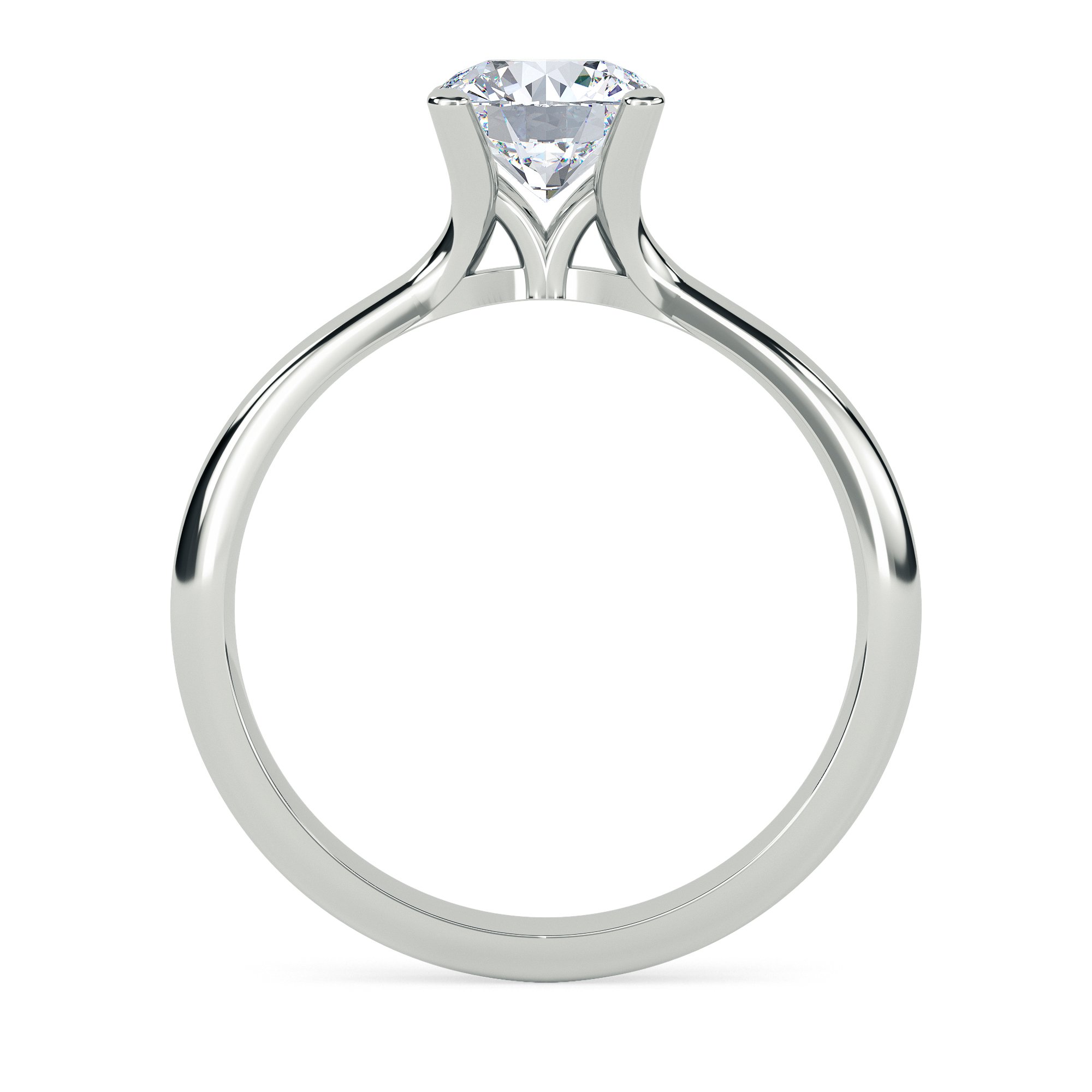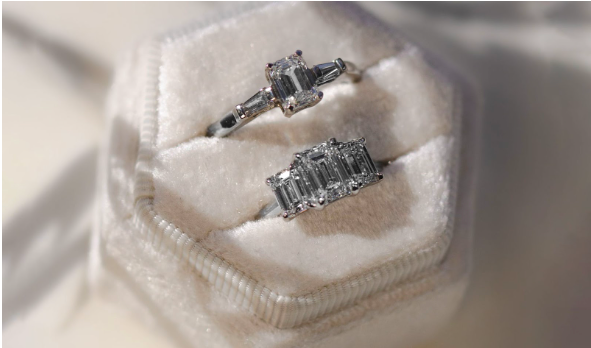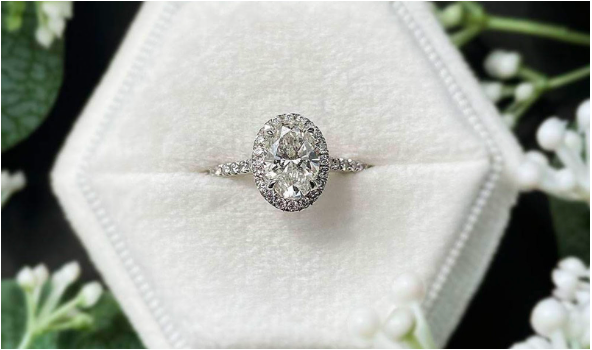How Eco-friendly are Lab Grown Diamonds?
As consumers, we're becoming more aware of the damage we are doing to our planet. Processes that have become the norm are now under more scrutiny as we all look at ways to reduce our carbon footprint and live a greener, more sustainable life. One such alternative in the diamond industry that is gaining popularity is lab grown diamonds.
There is a growing debate as people compare lab grown diamonds and natural diamonds with people arguing for and against the quality of man-made diamonds and if they can really be labelled as sustainable. So the question is, how eco-friendly are lab grown diamonds? Diamond Heaven takes a closer look.
Origins of Lab Grown Diamonds
Lab-grown diamonds are man made under controlled conditions inside of a laboratory. The energy needed to create lab grown diamonds is from electricity, where the various methods of diamond creation can take place.
This is completely different to mined diamonds, which are formed deep in the Earth’s crust, which are found using heavy machinery. Each diamond has formed over thousands of years to create its incredible shape and shine.
The discovery of methods to create lab grown diamonds has been praised for helping to save the planet. The methods used to find the most precious stones are coming under increased scrutiny because of the damaging methods that are used to mine diamonds.
Open Pit Mining
Whether it’s using rock blasting or sophisticated excavation techniques, open-pit mining is simply digging a large hole in the ground to extract diamonds. If more diamond stones can be found, the hole gets bigger and bigger.
This method creates tremendous damage to the Earth, which diamond companies are often asked to repair after their visit. However, this doesn’t always happen, or the land is too damaged to be repaired.
Not only causing damage to the Earth, open-pit mining also creates many dangers for the miners involved and their long-term health.
Underground Diamond Mining
Underground diamond mining is where tunnels are created deep inside the earth to discover and extract diamonds that weren’t found during open pit mining. This process is much more complex and more expensive than open pit mining. Two mine shafts are drilled next to kimberlite, the rock that has the potential for diamonds. With the shafts in place, two tunnels are dug parallel to each other. Blasts in the rock are done in the top tunnel, in the hope that diamonds will fall to the second level.
This type of mining is susceptible to flood damage as water can seep into the tunnels after the blasts.
Offshore Marine Diamond Mining
Marine diamond mining uses sophisticated scientific techniques to extract diamonds. One such technique is the use of giant tubes that suck gravel from the Earth’s floor. Another method is to use huge drills that pull gravel filled with diamonds. This method started in the 1960s and has helped extract over 1.4 million carats from the seabed. It’s also expected to be the go-to method for finding diamonds when land-based resources have been depleted.
Offshore mining comes at a huge environmental cost, as the equipment used dredges thousands of tons of sediment out of the sea. It takes the Earth decades to recover from such damage. This method also disturbs sea creatures such as whales, dolphins, and sharks.
Outcomes of Lab Grown and Mined Diamonds
Both methods require energy to create diamonds, meaning they both impact the environment.
Which uses more water?
The amount of water used by both methods differs. A mined diamond consumes 126 gallons of water per carat, while synthetic diamonds consume just 18 gallons. Mined diamonds can also cause a consistent discharge of wastewater and pollutants in surface water bodies.
Which uses more energy?
When it comes to energy, mined diamonds use 538.5 million joules per carat, while grown ones use 250 million. Although this may seem like a lot, the Frost & Sullivan study claims that much of the energy used in creating lab-grown diamonds is renewable.
How much carbon is released?
There is a vast difference in the amount of carbon emissions that lab-grown and mined diamonds release. Traditionally mined diamonds produce over 125 pounds of carbon for each carat, while man-made diamonds release just 6 pounds of carbon - just 4.8% of what mined diamonds produce.
Mined diamonds are also known to produce 30 pounds of Sulphur oxide, whereas lab-grown diamonds produce zero.
How much land is disrupted and how much waste is created?
For each carat of diamond mined, 100 square feet of land is disturbed with over 5,798 pounds of mineral waste created. Conversely, lab-grown diamonds disrupt just 0.07 square feet of land per carat and only a single pound of mineral waste.
Should I buy a Lab Grown Diamond?
If you’re someone who lives a sustainable lifestyle and is planning a green wedding, then eco friendly diamonds are perfect for you. Lab grown diamonds’ environmental impact is so small that purchasing them will make a difference.
When buying an engagement ring and a wedding ring with a sustainable diamond, you can still enjoy the opulence of an incredible stone while doing your bit to help the planet.




 Twitter
Twitter
 How long does a Lab Grown Diamond take to make?
How long does a Lab Grown Diamond take to make? Why Propose with a Lab Grown Emerald Cut Engagement Ring?
Why Propose with a Lab Grown Emerald Cut Engagement Ring? Find the Perfect Diamond Jewellery Bargain in Our Christmas Sale
Find the Perfect Diamond Jewellery Bargain in Our Christmas Sale Best Lab Grown Diamond Engagement Rings For Your Valentine's Day Proposal
Best Lab Grown Diamond Engagement Rings For Your Valentine's Day Proposal